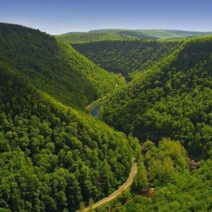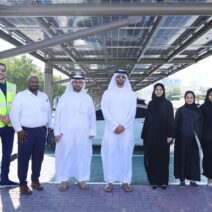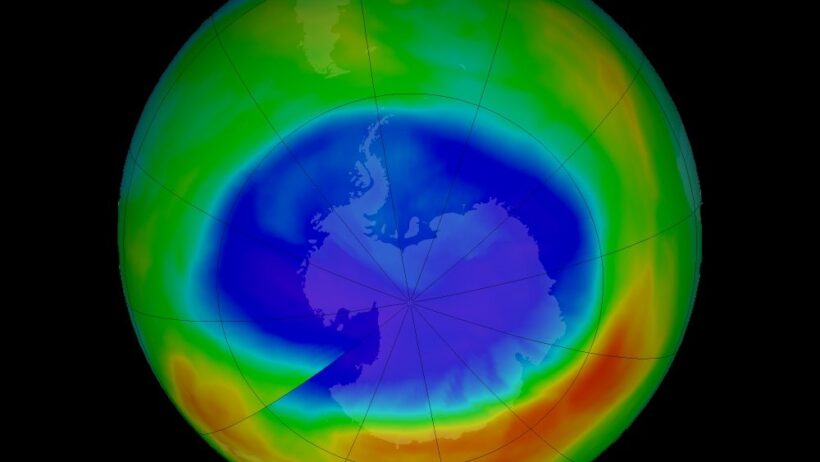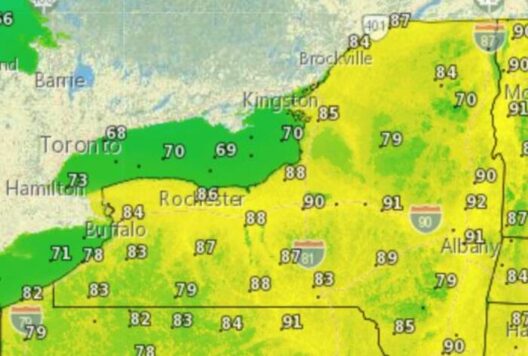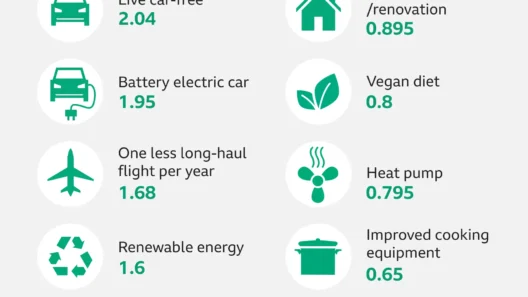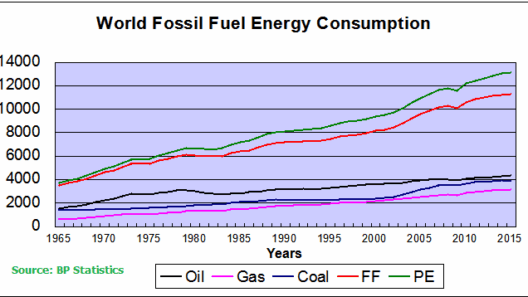The ozone layer, often likened to a celestial shield, plays an essential role in preserving life on Earth. This protective barrier, situated in the stratosphere, absorbs the majority of the sun’s harmful ultraviolet (UV) radiation. However, the narrative of the ozone layer extends beyond mere protection from UV rays; it is also intimately entwined with the saga of global warming, a tale as multifaceted as a prism refracting light.
The ozone layer is not just a geographical demarcation in the sky; it represents a critical ecological and atmospheric framework that regulates climate and protects biodiversity. Its depletion, primarily attributed to anthropogenic activities, has ignited a poignant dialogue regarding environmental stewardship. The introduction of chlorofluorocarbons (CFCs) into the atmosphere was akin to introducing poison into the well of our shared existence, causing damage that reverberated through atmospheric chemistry.
As CFCs and other ozone-depleting substances ascended into the stratosphere, they catalyzed a series of chemical reactions leading to the destruction of ozone molecules. This phenomenon creates a thinning of the ozone layer, particularly evident at the poles, where exceedingly low temperatures allow for the formation of polar stratospheric clouds. In these clouds, chemical reactions unfold like a dark alchemy, transforming benign molecules into destructive agents that shatter ozone, thus contributing to the phenomenon we know as the ozone hole.
Yet, the implications of ozone depletion stretch far beyond increased UV exposure. There exists an intricate and oft-overlooked nexus between the ozone layer and climate change. The cooling effect of the ozone layer—underestimating its role can be tantamount to misreading a pivotal chapter in a grand narrative. The stratospheric ozone acts as an insulator, allowing the troposphere to bask in a stable climate. If the layer wanes further, it may fundamentally alter weather patterns, with cascading effects on ecosystems and human populations alike.
The consequences of climate change are projected to exacerbate the situation. As greenhouse gases accumulate, they create a thickening blanket that traps heat in the troposphere, akin to an insidious thermal embrace. Elevated temperatures disrupt the delicate balance within the stratosphere. Here, the once-reliable ozone layer could succumb to the rising tides of global warming, spiraling into a cycle of destruction that affects both ozone content and atmospheric temperature, a dance of destruction played out on a planetary scale.
In recent years, however, there have been glimmers of hope. International efforts, such as the Montreal Protocol, have spurred a remarkable reclamation of the ozone layer, leading to a reduction in CFC emissions. The recent observations of the ozone layer showing signs of recovery highlight the efficacy of collective human intervention. As the atmosphere breathes a sigh of relief, the ozone layer’s recovery may present a fortuitous paradox: mitigating not just UV radiation but also equipping the planet with enhanced resilience against temperature fluctuations.
Yet, while the ozone layer’s revival is commendable, it is imperative to recognize that this victory is only part of the broader battle against climate change. The interconnected webs of ecosystems, atmospheric conditions, and climatic trends demand an integrated approach to environmental policy. This means acknowledging the ozone layer’s afflictions while simultaneously addressing global warming to create a healthier planet for future generations.
Moreover, the reduction of CFCs has unleashed unexpected revelations regarding the complex interactions in our atmosphere. The impact of ozone and greenhouse gases is not merely additive; it is synergistic, creating a mosaic of reactions that can alter climate dynamics. As scientists continue to parse through this intricate tapestry, understanding how ozone layer recovery could temper, or even exacerbate, global warming becomes vital.
This pièce de résistance of environmental science—a tale of redemption and vigilance—urges us to remain firm in our commitment to the consistent support of ozone-friendly policies while tackling greenhouse gas emissions aggressively. The implications of this dual focus cannot be overstated; a robust demand for renewable energy, a reduction in fossil fuel consumption, and a transition to sustainable agricultural practices are all essential tactics that ensure the symbiotic survival of the ozone layer and the climate.
As this imbalance surfaces in the form of a burgeoning climate crisis, the resonating effects on human health and biodiversity become ever more pronounced. Higher UV radiation can lead to increased skin cancers, cataracts, and immune deficiencies, impacting millions globally. Our delicate ecosystems, from coral reefs that house diverse marine species to temperate forests that serve as carbon sinks, exhibit alarming signs of distress due to rising temperatures paired with altered UV exposure patterns.
The ozone layer is not merely a scientific curiosity; it is a clarion call for introspection and action. It resonates with our fundamental responsibilities as stewards of the planet. The recovery of the ozone layer—a testament to effective international collaboration—underscores the potential of human innovation. It serves as a compelling metaphor for resilience, illustrating that restoration is not only possible but also imperative in the face of overwhelming odds.
Thus, as we navigate through the complexities of climate change, we must embrace a holistic perspective that recognizes the intertwined fates of the ozone layer and our global atmosphere. The quest for benefits extends beyond mere numerical values; it becomes an ethical journey to ensure a sustainable and flourishing planet for generations to come. Let the tale of the ozone layer guide us towards thoughtful actions and informed policies, harmonizing the needs of humanity with the health of Earth itself.
